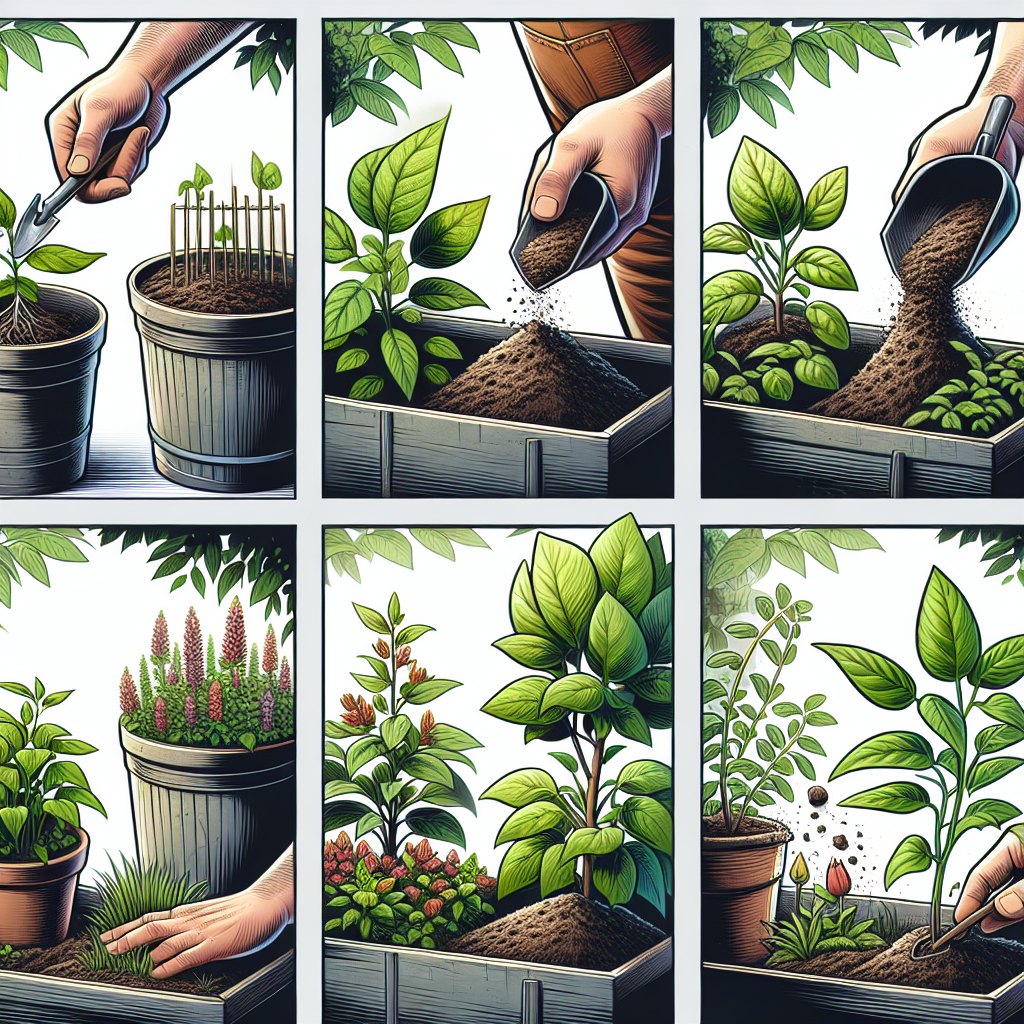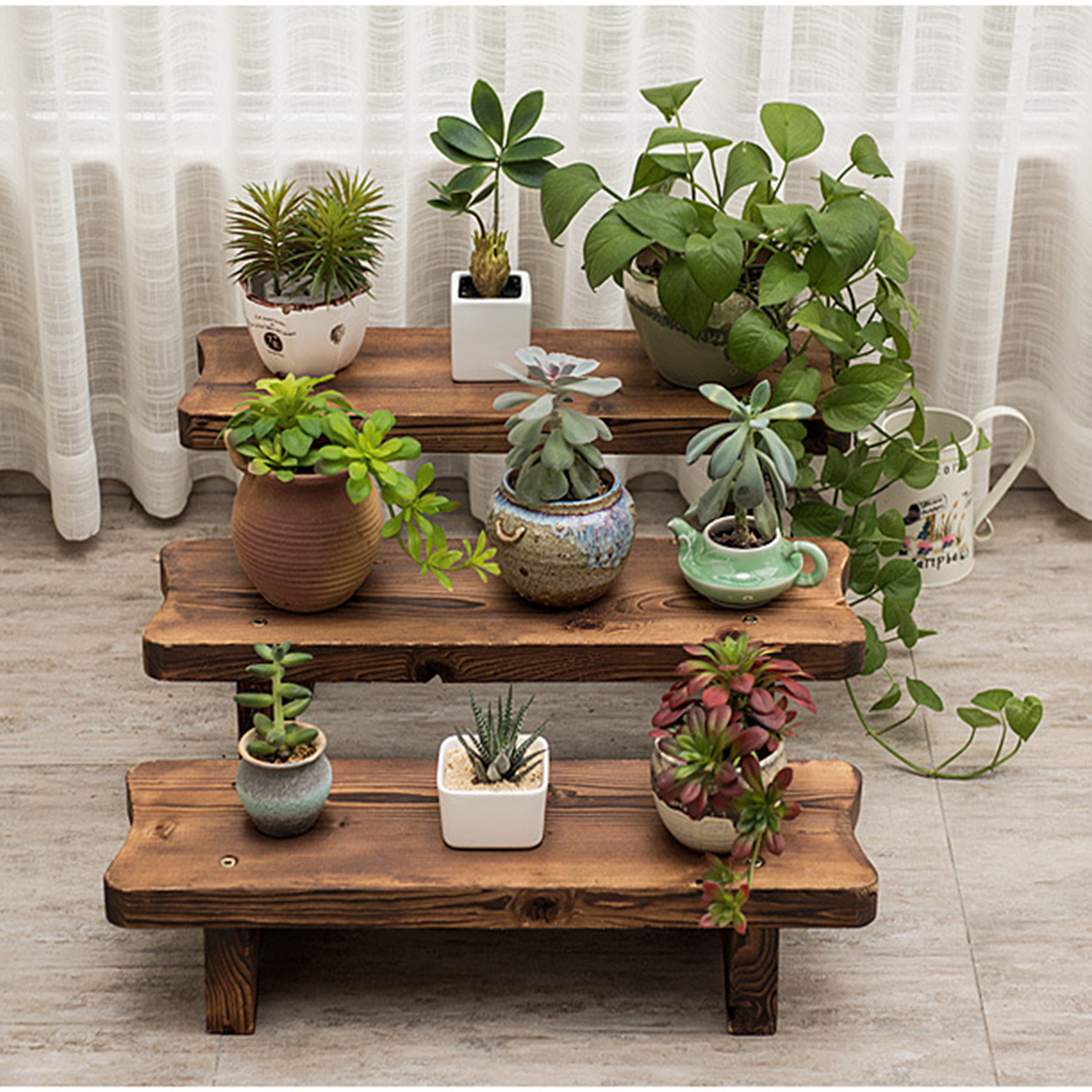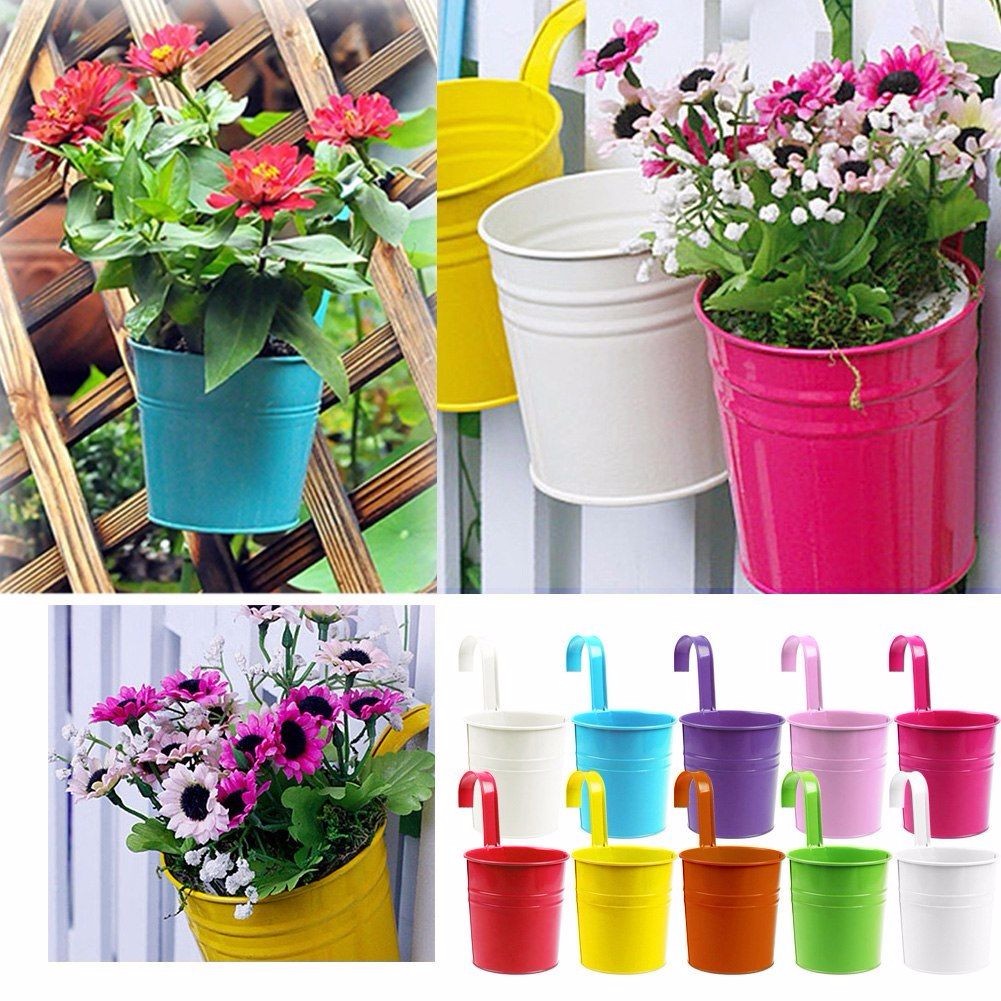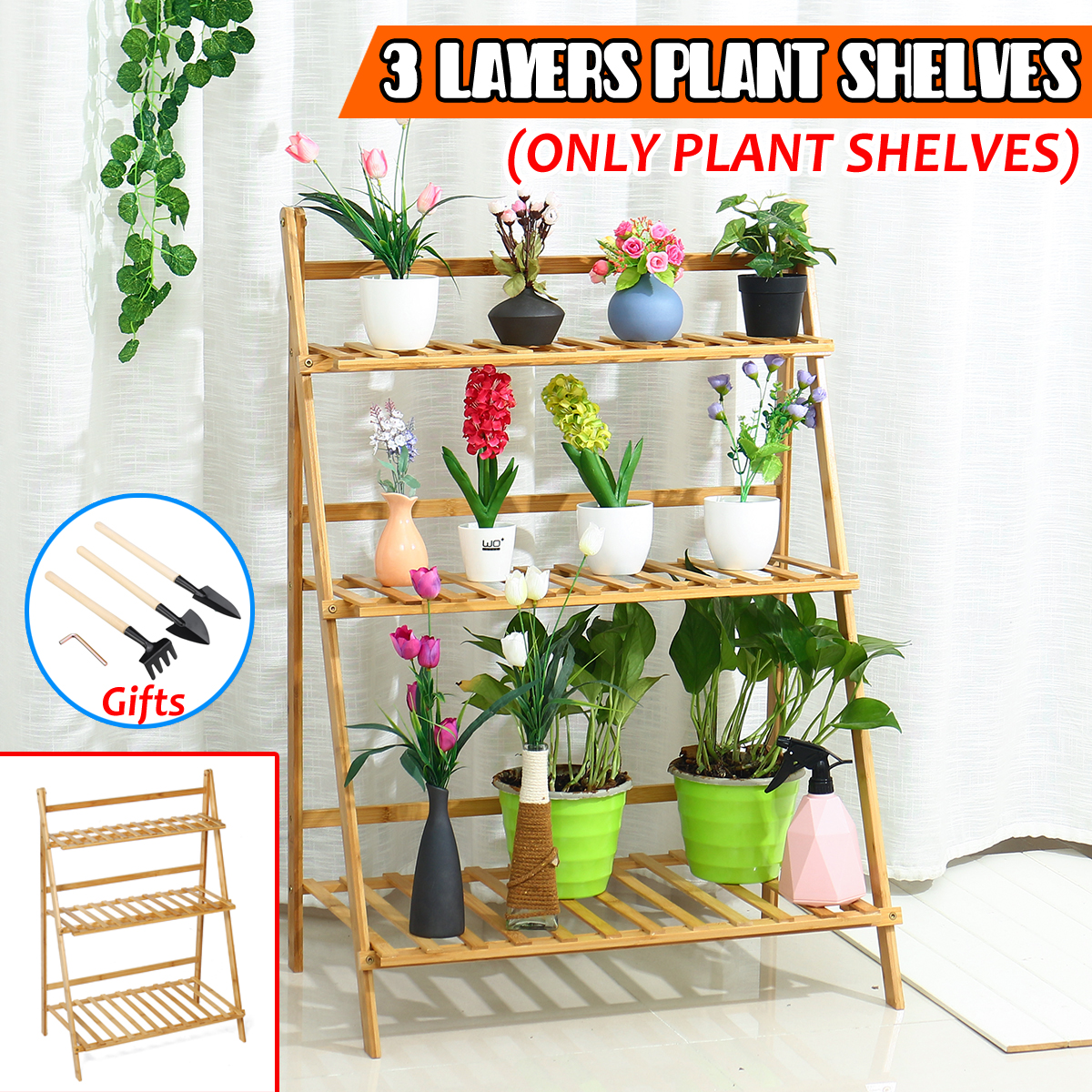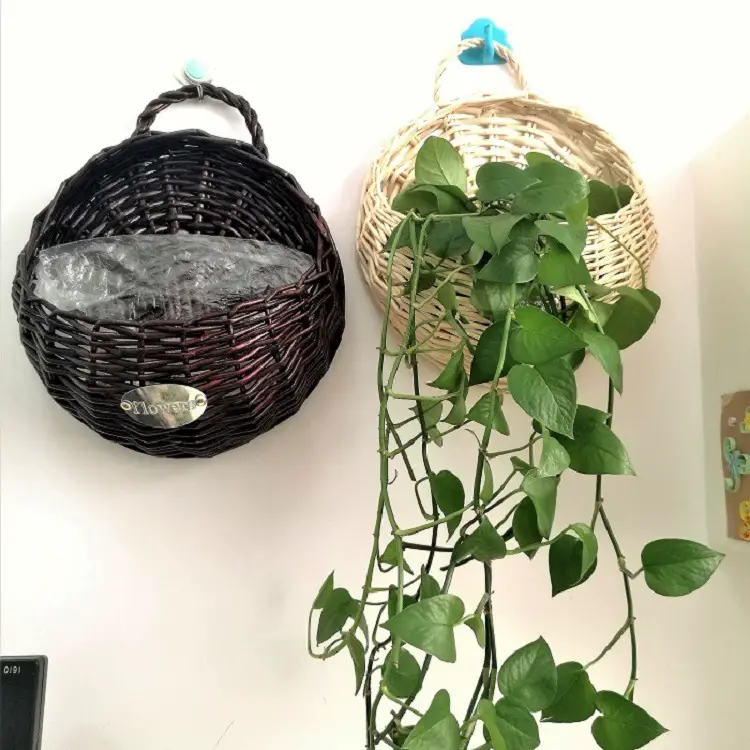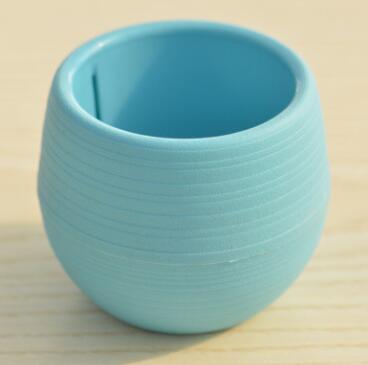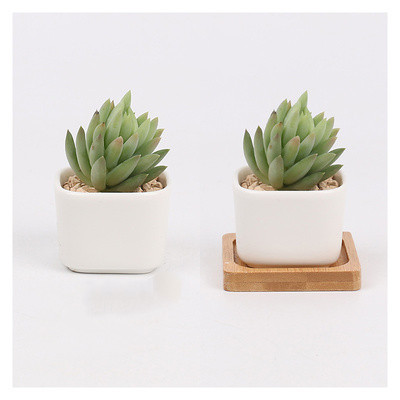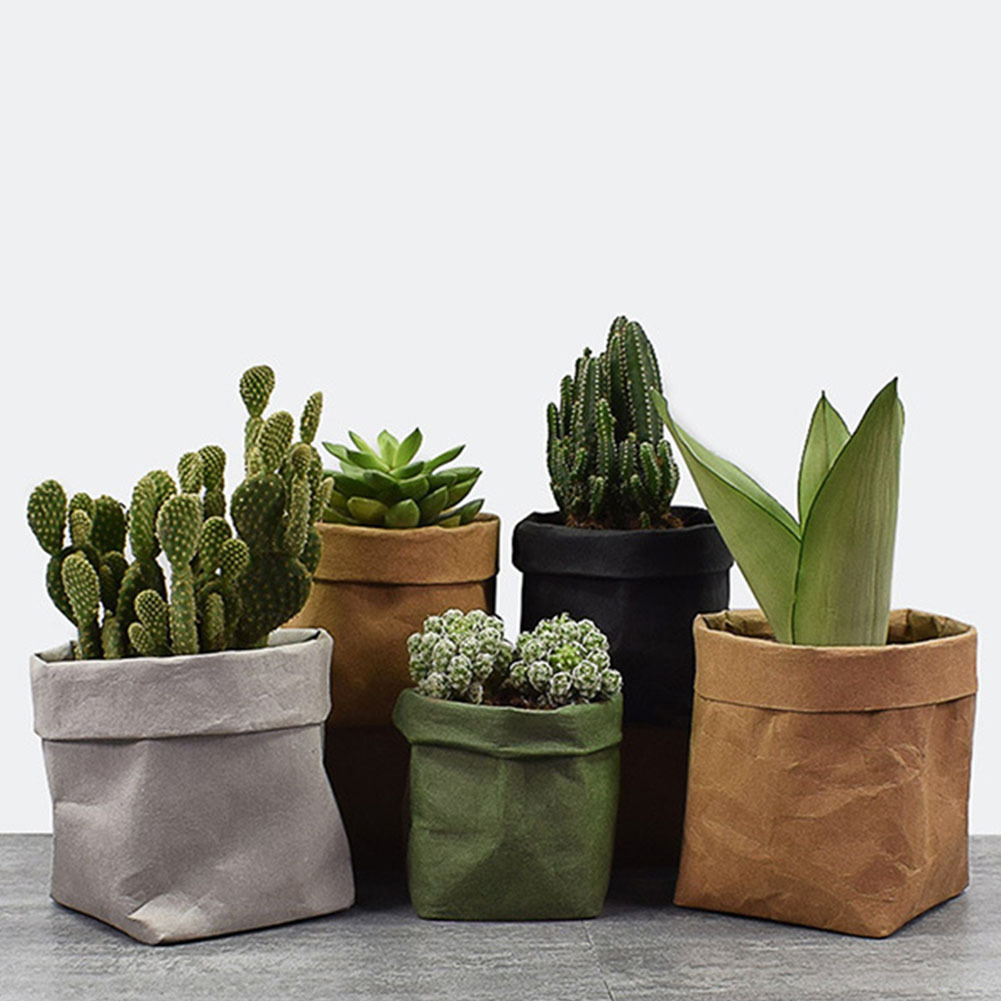Secrets to Healthy Soil in Container Gardening
Container gardening offers a versatile and convenient solution for those with limited space or a passion for cultivating plants in diverse settings. Whether it’s a vibrant bloom of flowers on a balcony or a cascading palette of herbs by the kitchen window, container gardening is a pleasant and fulfilling endeavor. However, there’s a secret to ensuring that this labor of love flourishes as expected – healthy soil.
Understanding Soil Health
For successful container gardening, the foundation lies in understanding what healthy soil truly means. Soil health encompasses its physical structure, its nutrient content, its moisture levels, and its biodiversity. Unlike traditional gardening, container gardening requires more finesse because the plants are entirely dependent on what you provide. Ensuring that your soil is rich in organic matter and has a balanced pH level is essential. Herein lies the pivotal role of compost, a gardener’s best friend, which can be an excellent addition to your potting mix.
Choosing the Right Soil Mixture
Selecting the appropriate potting mix is fundamental to setting up a healthy container garden. Traditional garden soil is often too dense for containers. Instead, you should use a high-quality potting mix that allows for excellent drainage, lightweight, and full of nutrients. This can be achieved by combining peat moss, perlite, and aged compost. Adding organic fertilizer can further enhance its effectiveness, providing a slow-release source of nourishment for your plants.
Facilitating Proper Drainage
Ensuring that your containers have proper drainage holes is imperative. Without adequate drainage, water can accumulate at the bottom, leading to root rot and other soil-borne diseases. In addition to using well-draining soil, you can add a layer of gravel or stones at the bottom of your pot to facilitate proper water flow. This layering method ensures that excess moisture has an escape route, promoting healthier root systems.
The Difference Between Over Watering and Not Watering Your Garden Enough
Finding the balance between overwatering and underwatering is another key aspect of maintaining soil health in container gardening. Overwatering is a common mistake that can suffocate plant roots, leading to wilting and decay. Conversely, not watering your garden enough can cause the soil to dry out, hindering plant growth and nutrient absorption.
It’s essential to understand the specific water needs of your plants and get into the habit of checking soil moisture regularly. A simple way to do this is by feeling the top inch of soil; if it feels dry, it’s time to water. The time of day also matters. It’s best to water in the early morning or late afternoon to minimize evaporation and ensure plants have ample moisture throughout the day.
Year-Round Beauty: Creating an Evergreen Oasis with Containers
A pivotal advantage of container gardening is the ability to craft a year-round green space, even in limited areas. By strategically selecting evergreen plants and shrubs, you can enjoy a thriving garden in every season. Evergreens, such as boxwood, yew, or holly, are perfect for containers because they retain their foliage throughout the year, providing constant color and interest.
When arranging your evergreen oasis, consider the exposure and climate of your site. Make sure your containers are placed where they’ll receive the ideal amount of sunlight for the plants chosen. Container gardens also offer the flexibility to reposition plants based on seasonal shifts, allowing you to chase sunlight or provide shade as needed.
Nourishing Your Soil Organically
Feeding the soil naturally with organic matter is another secret to promoting healthy plants. As plants grow, they extract essential nutrients from the soil, which must be replenished for continued plant health. Organic materials such as worm castings, bone meal, or fish emulsion are excellent choices for naturally enriching your soil.
Composting kitchen scraps or garden waste can also enhance soil vitality by feeding microorganisms that decompose organic matter into valuable nutrients. These nutrients are then easily absorbed by the plants, fostering vigorous growth and abundant blooms.
Monitoring Soil pH Levels
Container plants are particularly sensitive to pH imbalances because of the limited soil volume. Most plants prefer a slightly acidic to neutral pH range (6.0 to 7.0). A soil pH testing kit is a worthy investment for any container gardener, allowing you to adjust the acidity or alkalinity of your soil as needed.
To alter pH levels naturally, adding lime can raise the pH, making the soil more alkaline, while sulfur can lower it, increasing acidity. Monitoring soil pH ensures that your plants have access to essential nutrients, promoting healthy growth and resilience against diseases.
Fight Pests and Diseases Naturally
A healthy soil foundation is your first defense against pests and diseases in container gardening. Healthy plants are less susceptible to infestations and infections. Using barriers such as copper tape can deter slugs and snails, while essential oils like neem or mint act as natural repellents against many insects.
Introducing beneficial insects like ladybugs or praying mantises can also help control pest populations naturally. By fostering a balanced and thriving ecosystem within your container garden, your plants will be better protected against potential threats.
Rotating Plant Types
To maintain soil health and prevent depletion of specific nutrients, periodically rotating the types of plants grown in each container is beneficial. This practice can help avoid the build-up of soil-borne diseases and nutrient imbalances. For example, after growing heavy feeders such as tomatoes, you might plant legumes which can fix nitrogen and replenish the soil naturally.
The Importance of Soil Aeration
Soil compaction is a common issue in container gardening, which can restrict root growth and water drainage. To combat this, ensure your soil mix is airy and light. Occasionally, gently till the soil surface to promote healthy aeration. This practice can enhance nutrient absorption and foster robust root development, ensuring that your plants thrive.
Seasonal Clean-Up and Replenishment
Regularly refreshing the top layer of soil by adding new compost or potting mix can rejuvenate your containers, supplying fresh nutrients and improving soil structure. It’s especially important to clean up and replenish soil at the start of new growing seasons. As plants enter different growth phases, their nutrient needs can change, and replenishing soil can provide the necessary support.
Conclusion
Container gardening opens the door to a world of creativity and greenery for those who may lack ample garden space or the luxury of a sprawling backyard. The secrets to achieving healthy soil in this context revolve around balancing nutrients, moisture, and biological activity while tailoring care practices to suit the distinct needs of container environments.
By choosing the appropriate soil mix, ensuring proper drainage, closely monitoring moisture levels, and consistently nourishing the soil with organic matter, you create an optimal environment for plant growth. Additionally, understanding the importance of soil pH, naturally addressing pests, and applying mindful care techniques further enhances plant health and garden vitality.
Embrace these secrets, and you’ll have not only a healthy and robust container garden but also year-round verdant beauty, crafting an evergreen oasis that thrives in every season. With dedication and attention to detail, your container garden will be a stunning testament to the power of healthy soil and attentive stewardship, a living space filled with the colors, textures, and aromas of nature’s bounty.


